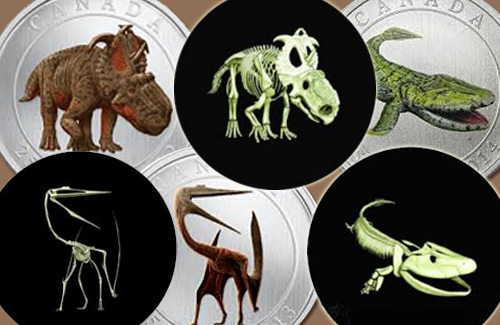2012 — Pachyrhinosaurus Lakustai
The 2012 Pachyrhinosaurus Lakustai coin is the first in the series of photo luminescent coins. The design is a paleontologist's idea of hoe the creature would look, inside and out. With a mintage of 25,000 pieces, the coin is composed of cupro-nickel, weighs 12.61 grams , and measures 35 mm in diameter.
Obverse — Effigy of Queen Elizabeth II facing right. Inscriptions – 'ELIZABETH II' and 'D.G. REGINA'.
Reverse — Colourized image of Pachyrhinosaurus Lakustai whose skeleton is photo luminescent. 'CANADA' in the outer ring on top, '25 CENTS' and '2012' in the outer ring on the bottom.
2013 — Quetzalcoatlus
The pterosaur, Quetzalcoatlus was one of the largest flight animals to have ever lived and had a wingspan of up to 10 metres or 33 feet. They flourished in the late cretaceous period over 66 million years ago. Featured on the second coin of the series, the Quetzalcoatlus photo luminescent coin has a mintage of 30,000 pieces and, like its predecessor, is made of cupro-nickel. The colourized coin weighs 12.61 grams and measures 35 mm in diameter.
Obverse — Effigy of Queen Elizabeth II facing right. Inscriptions – 'ELIZABETH II' and 'D.G. REGINA'.
Reverse — Colourized image of Quetzalcoatlus whose skeleton is photo luminescent. 'CANADA' in the outer ring on top, '25 CENTS' and '2013' in the outer ring on the bottom.
2013 — Tylosaurus Pembinensis
The Tylosaurus Pembinensis inhabited the vast inland sea that covered the North American continent millions of years ago. This super-predator is related to present-day komodo dragons and snakes and measured up to 43 feet in length. Third in the overall series, the second coin released in 2013 features the Tylosaurus Pembinensis. It has a mintage of 30,000 pieces, is made of cupro-nickel, weighs 12.61 grams, and measures 35 mm in diameter.
Obverse — Effigy of Queen Elizabeth II facing right. Inscriptions – 'ELIZABETH II' and 'D.G. REGINA'.
Reverse — Colourized image of Tylosaurus Pembinensis whose skeleton is photo luminescent. 'CANADA' in the outer ring on top, '25 CENTS' and '2013' in the outer ring on the bottom.
2014 — Tiktaalik
The fossilized remains of the Tiktaalik were first excavated by researchers in Nunavet, Canada. The creature seems to have flourished about 375 million years ago. A study of the fossil suggests that the Tiktaalik may be the missing link filling an evolutionary gap between water and land animals. It had gills, scales, and fins like a fish, but its head bore the characteristics of an amphibian such as a flat skull with eyes on top. It also displays spiracles which point to rudimentary lungs. The Tiktaalik had extra-thick ribs which are a characteristic of land animals along with precursory limbs in the form of wrist and finger-like bone structures inside its fins. Experts suggest that these limb-fins probably used to push itself out of shallow and fast-flowing water and cross short distances on land. The Tiktaalik is featured on the fourth and last of the photo luminescent coins that have a mintage of 30,000 pieces, each weighing 12.61 grams with a diameter of 35 mm made from cupro-nickel.
Obverse — Effigy of Queen Elizabeth II facing right. Inscriptions – 'ELIZABETH II' and 'D.G. REGINA'.
Reverse — Colourized image of Tiktaalik whose skeleton is photo luminescent. 'CANADA' in the outer ring on top, '25 CENTS' and '2014' in the outer ring on the bottom.
So if you are a Jurassic Park fan and also love collecting rare and unique coins of the world, you might want to consider owning this set!
-
Stamps on International Refugee Day
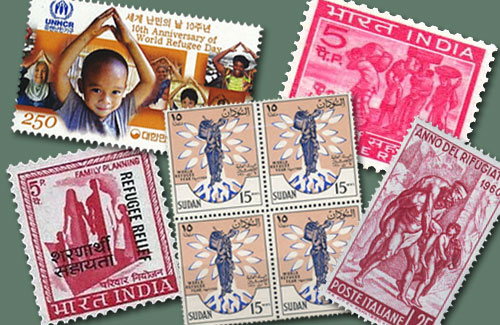
Violence, wars, terrorist attacks and prosecutions have torn the world apart into pieces t...
-
Young Philatelist: Mythical Creatures on Stamps
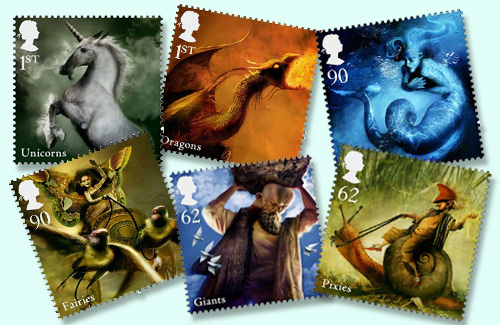
Can you imagine a world without stories? We were all born to tell and listen to them; that...
-
Young Numismatist: Time to Show You The Money
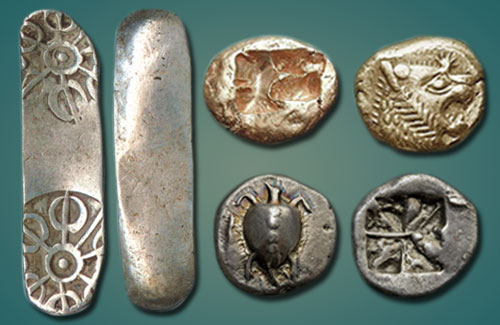
You always cribbed “Show Me the Money”. Now you get to see me in person, nice, up and ...
-
Types of Fancy Number Currency Notes

Types of Fancy Number Currency Notes Many notes come and go from your pockets and wallets...
-
Essential Tools for Every Stamp Collector

Gearing up the right way for anything that you have set your minds on always comes in hand...
-
Celebrating Buddha Purnima Through Coinage
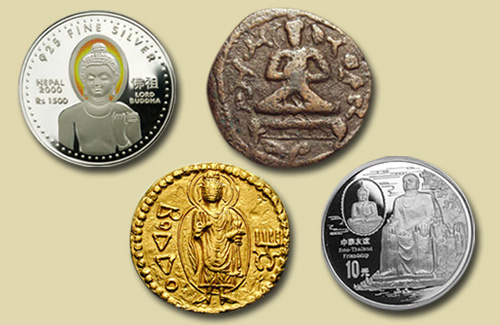
21st May will be observed as Buddha Purnima this year across the country, celebrating the ...
-
Why Can't a Country Choose to Get Richer By Printing More Paper Money?

A question that many of us might have thought of, but never knew whom to ask. Today, let�...
-
Remembering Rabindranath Tagore
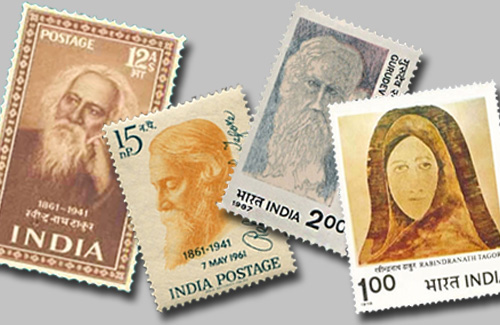
7th May 1861 was a special day in Indian history indeed. Rabindranath Tagore, one of the w...
-
CM Devendra Fadnavis Launches Mintage World
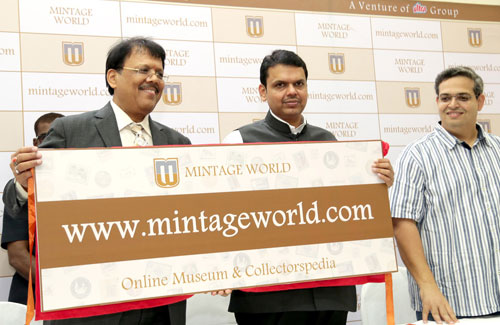
23rd April 2016 was a very special and eventful day indeed! Mintageworld.com was officiall...
-
8 Tips for Budding Stamp Collectors
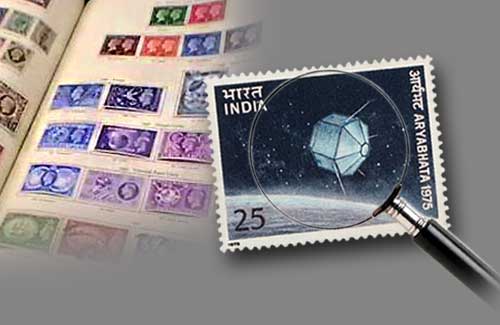
Collecting stamps is more than just a hobby for some. It’s an experience that helps you ...

